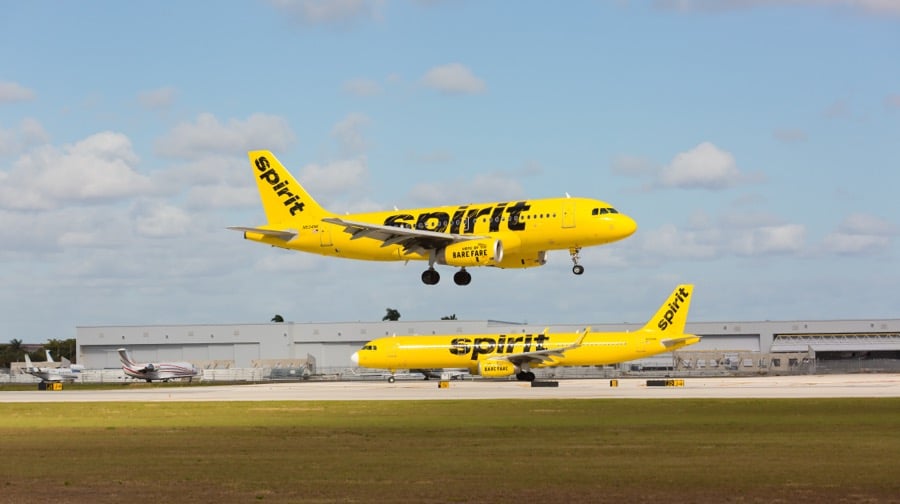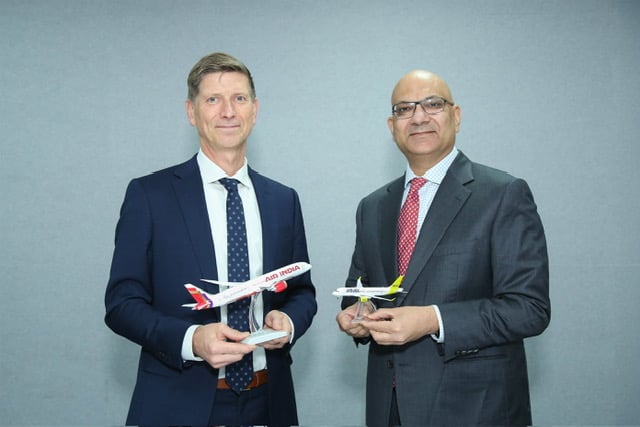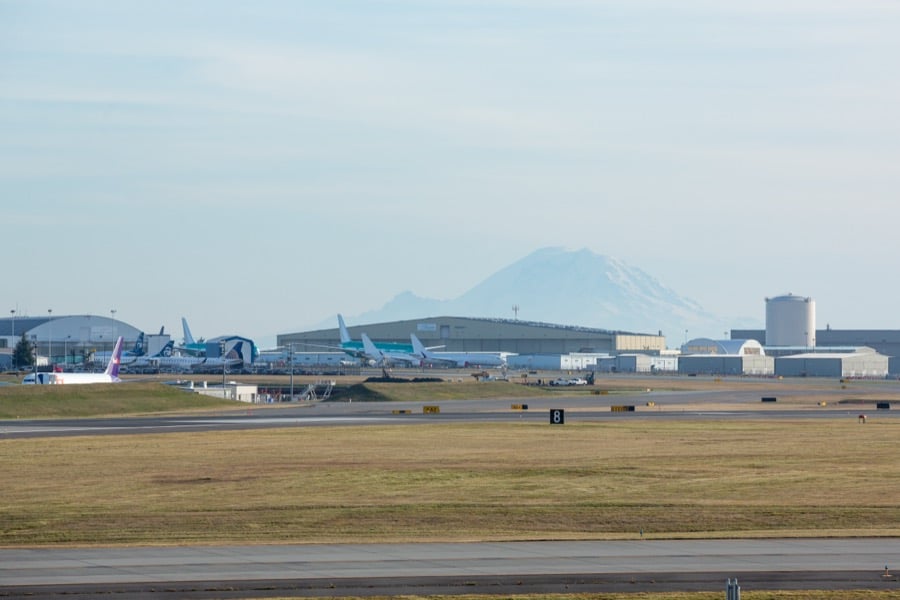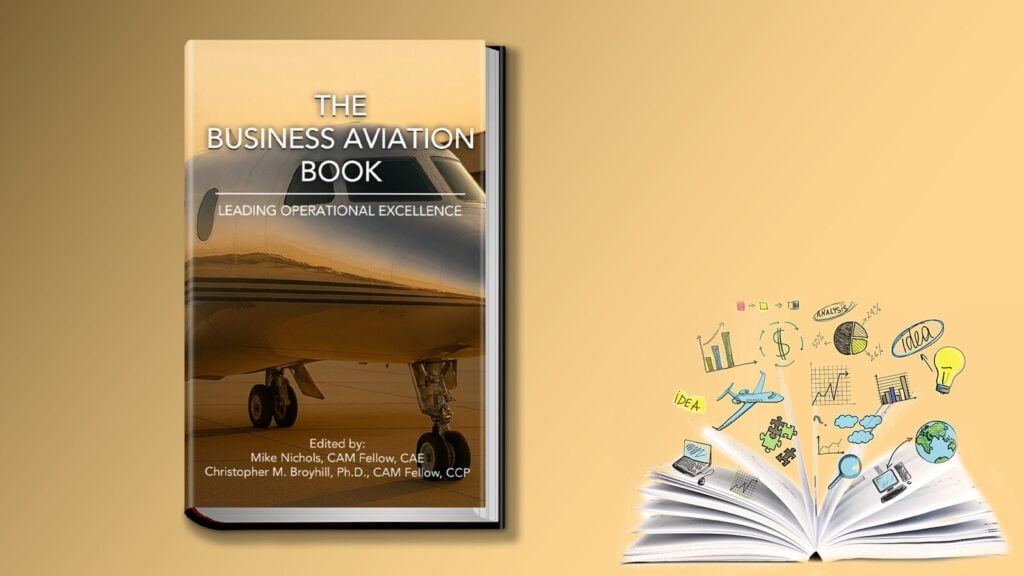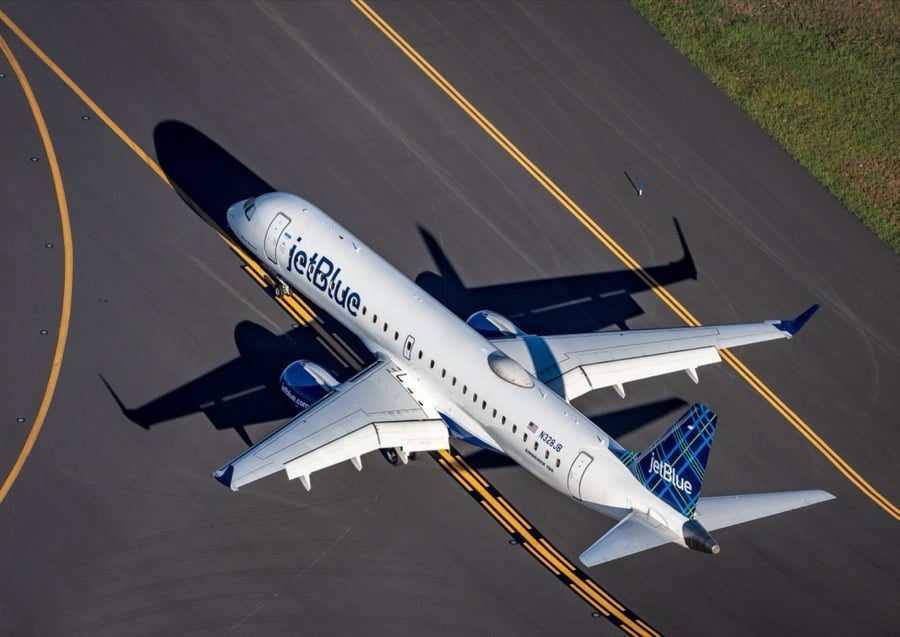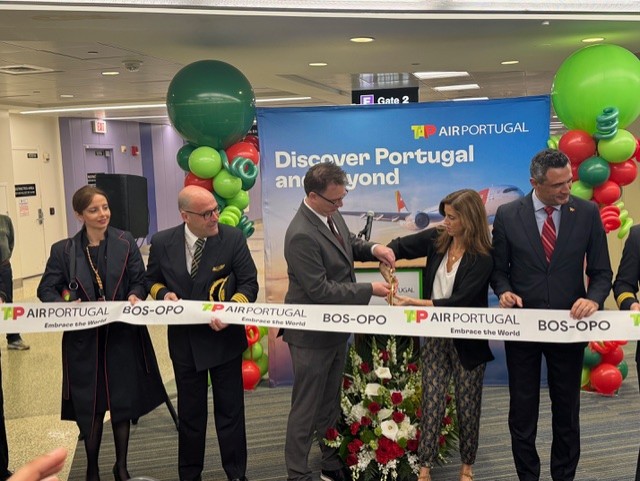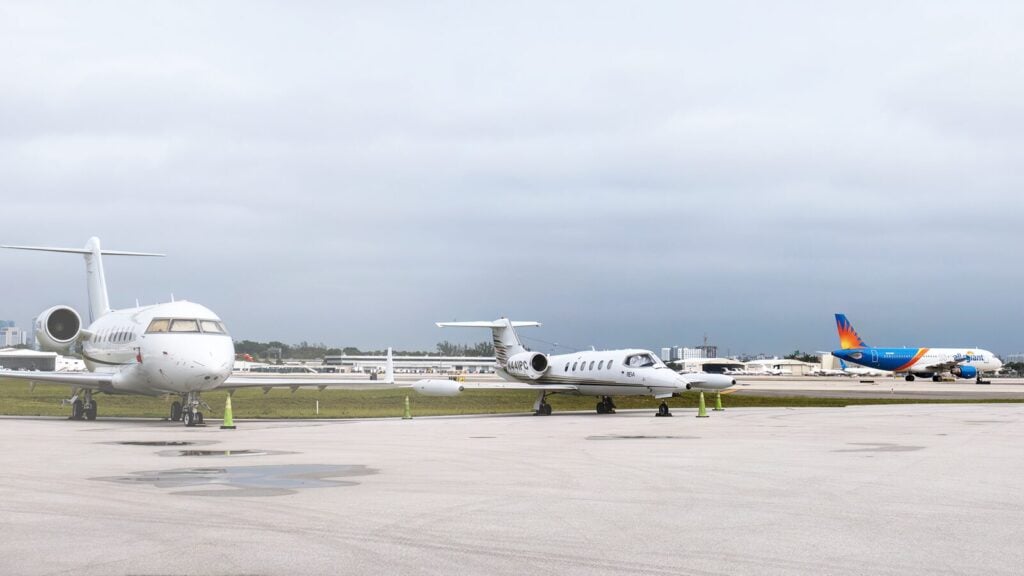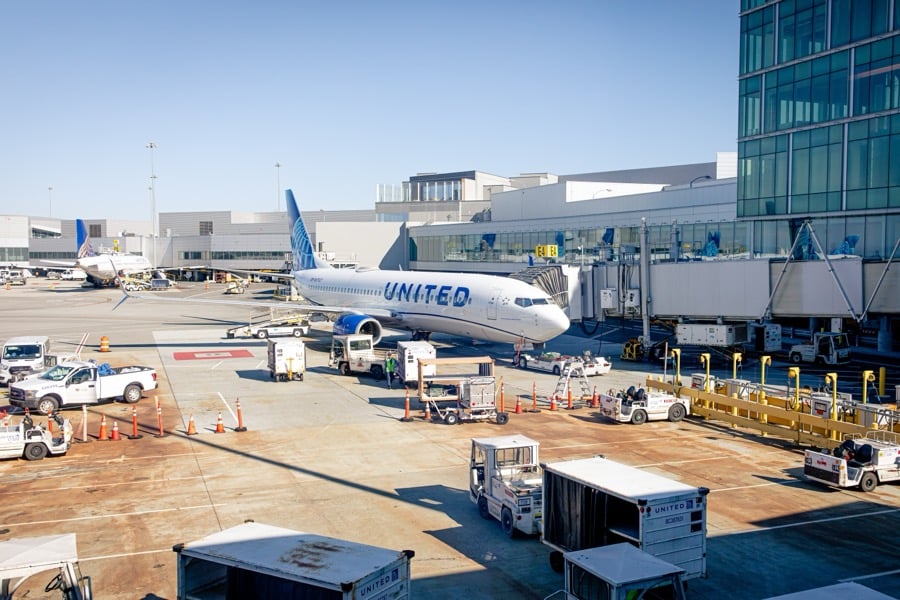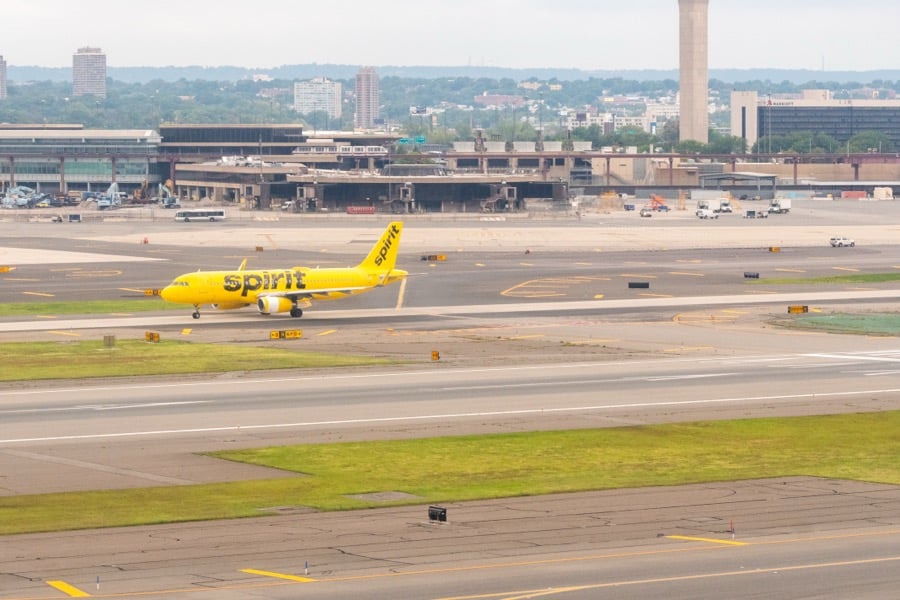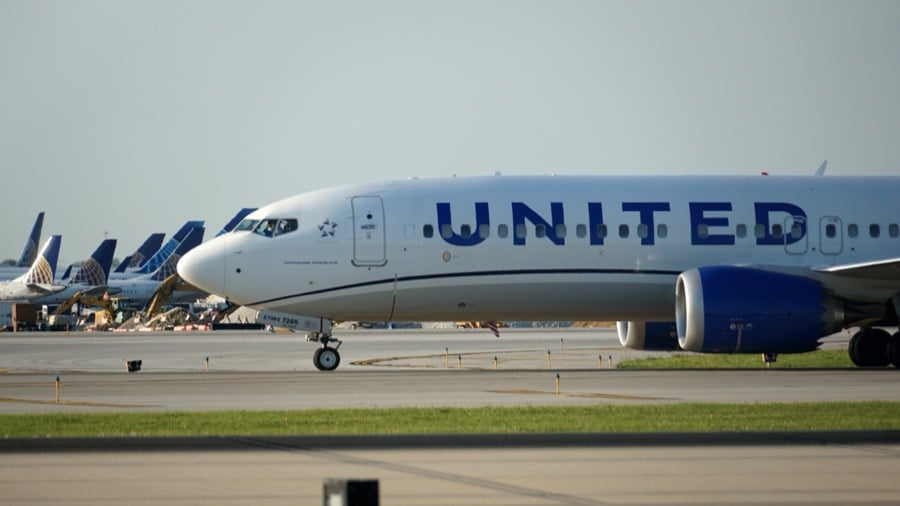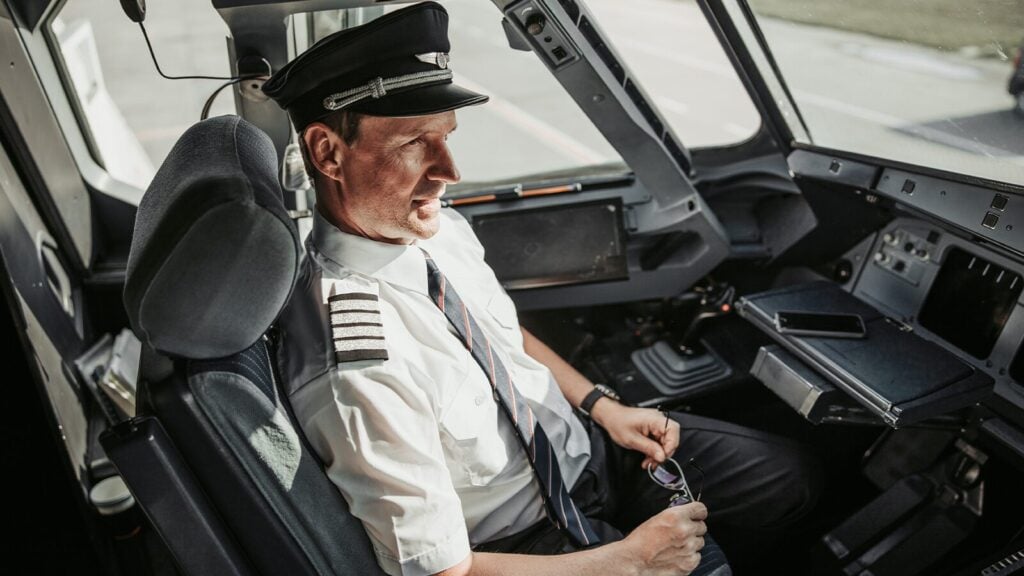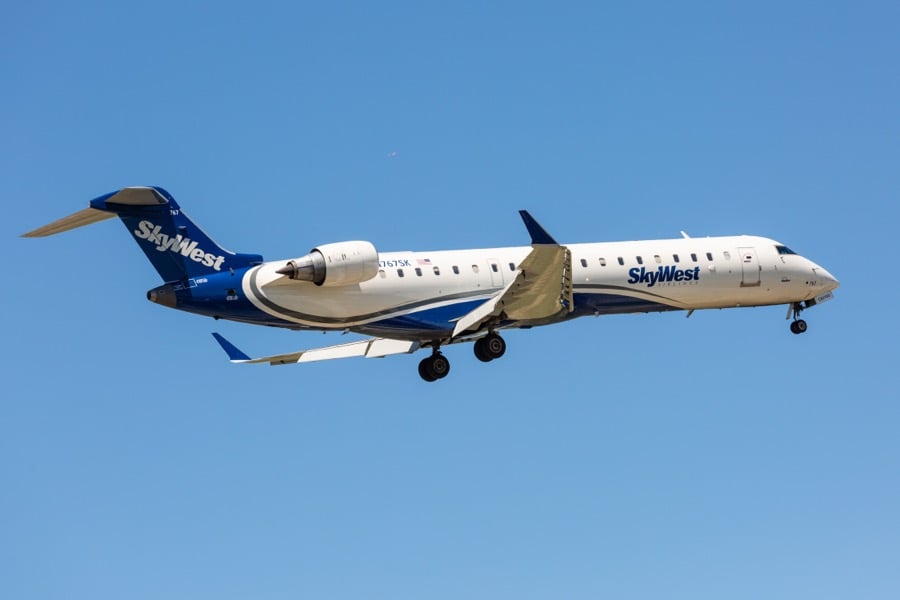
The National Transportation Safety Board (NTSB) recently released their preliminary report on the door-plug failure on Alaska Airlines flight 1282. The report contained a significant amount of information on the construction of the door plug’s components. The NTSB will continue to investigate Boeing’s production process while they work on a complete final report on the Alaska incident.
While preliminary NTSB reports are traditionally limited to stating basic data collected in the fact-finding stage of the investigation – no probable cause – there is a lot to learn even from what the NTSB has already uncovered. Corroborated by other reports on loose bolts in plug doors across the national fleet, we can use the NTSB’s findings to hold discussions on complacency and attention to detail.
After all, we don’t need to jump to premature conclusions on what caused an accident – the NTSB has more work to do – or point blame to recognize clear themes as they arise. Rather, we can use basic information as a launching point to guide a broader discussion into critical themes that persist throughout aviation.
The same thing can be said of other preliminary reports the NTSB publishes. Most preliminary reports are more applicable to the types of flying many pilots do on a regular basis. Again, especially with limited information, there is only so much to take from preliminary reports, but they can always be useful tools to spur more in-depth discussions on critical issues.
Final reports go a step further. They summarize all of the information that the NTSB collected during its investigation and reveal what the board determines to be the most probable cause of the crash/incident. These reports go further than preliminary reports and naturally, can be used in a more in-depth fashion than preliminary reports. Analysis from experienced industry veterans is incredibly enlightening.
There are often multiple lessons to learn from an accident’s final report. Sometimes, one lesson can be taken at face value. For example, VFR-into-IMC accidents are reminders of how insidious spatial disorientation can be, especially to pilots without instrument experience.
However, it is often proper to dig deeper and study some contributing factors that may be lurking just below the surface in regular accidents. Human factors are cited in a large number of accidents. That VFR into IMC accident can also be a lesson on the hazards of external pressures to make an event or please passengers; nuance is often evident in final reports, and crashes usually arise from chain reactions that add up to an undesirable outcome. The skills needed to address the same situation are different at each stage of an accident sequence – the same accident can be prevented by setting expectations and holding boundaries with passengers or maintaining a safe instrument scan in IMC. Addressing how to recognize an undesirable situation as it develops and stopping the chain reaction early is just as important as, if not more important than, reviewing what to do when the situation is critical enough for a story on the local news.
A great resource for additional interpretation of accident reports are industry trade groups and trusted instructors who can break down accidents in an objective manner. Be careful to choose trusted sources for these third-party interpretations. Like the NTSB, experienced pilots, instructors, and organizations bring incredible insight – based on personal experience – to accident case studies and can help others identify unique themes.
This is especially critical when reviewing accidents that do not appear applicable if taken at face value. Issues like a 737 MAX’s mis-tightened bolt or a descent below minimums on an instrument approach might not feel applicable to a VFR-only private pilot flying single-engine pistons. But experienced insights can help reveal underlying themes from even the most obscure reports so that every pilot can learn a lesson.
It is common to hear that pilots must learn from others’ mistakes, for nobody can live long enough to make every mistake themselves. This mantra surely holds true in aviation. In such a critical industry, where every decision and disposition play key roles in safety, no one is exempt from the responsibility to learn and grow. NTSB reports are a critical safety tool that should supplement every pilot’s commitment to growth and proficiency throughout their careers.














